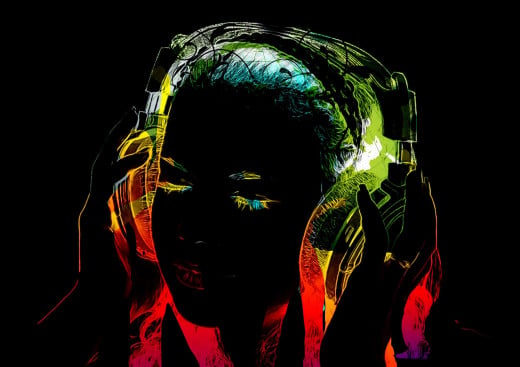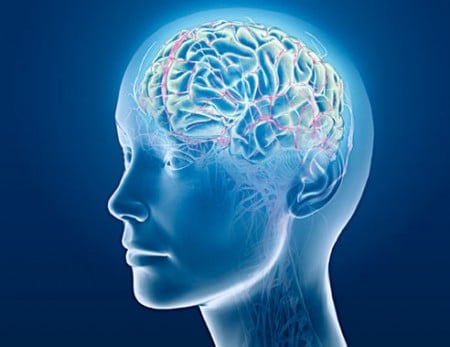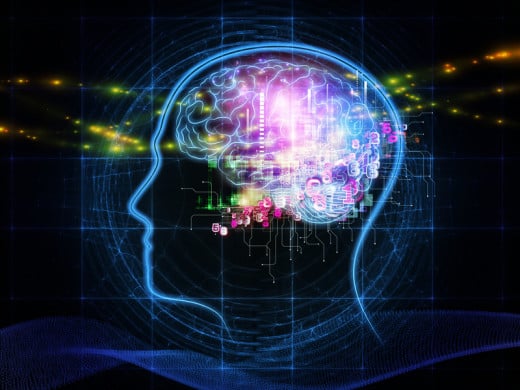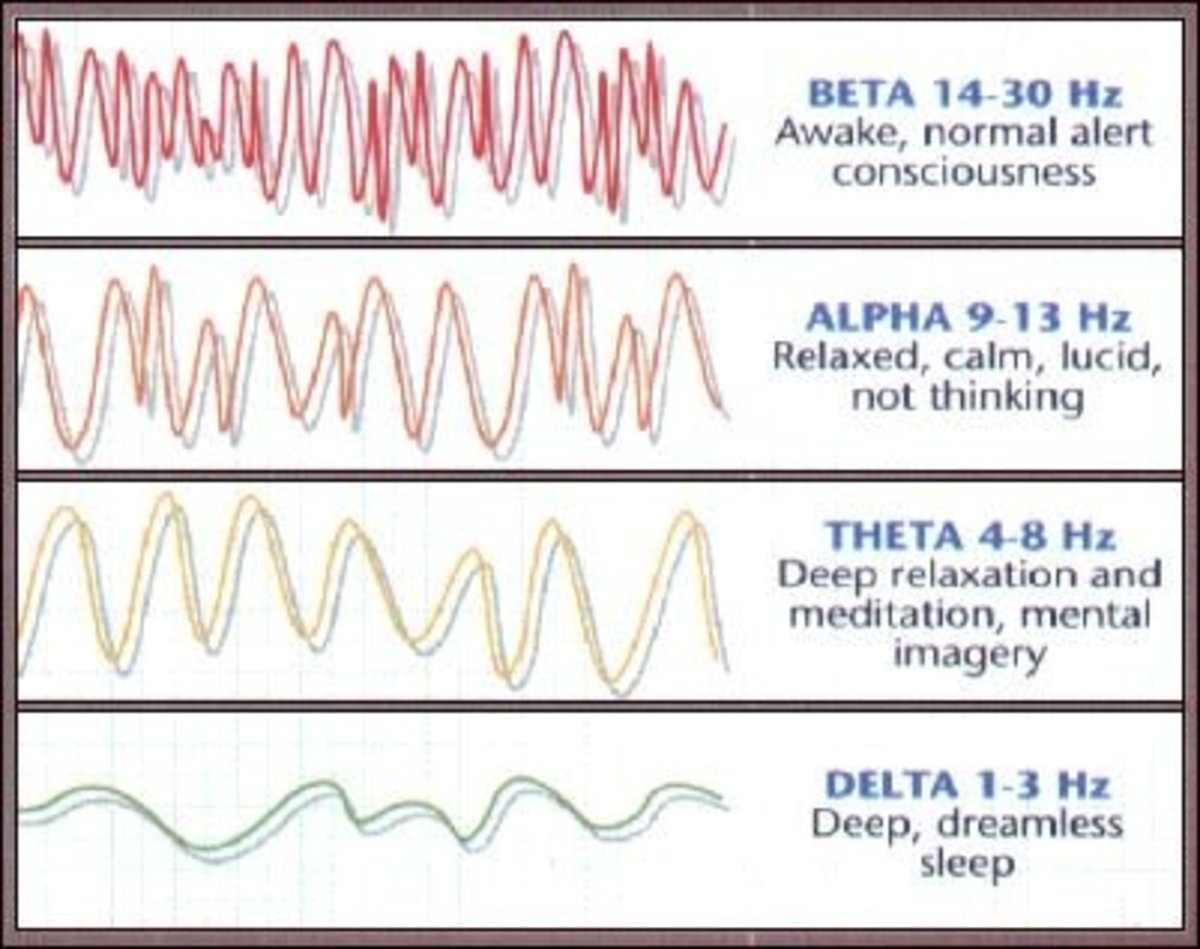What Are Binaural Beats?

Binaural Beats - What Are They?
Binaural beats. They've been getting a lot of play these days. Maybe you've stumbled upon them online or discovered some on Youtube.
But what are they, really?
What's the objective behind all those generated tones and frequencies? What do they do?
Here's a quick and easy crash course in binaural beats.
Binaural Beats and Brainwaves
Now, before we get to the beats, we need to look at brainwaves. The two are integrally linked, so, believe me, you're going to want to understand this part first.
Your brain is electric.
It's composed of billions of cells that use electricity as their main mode of conversation. And all these cells chatting it up all day means one heck of a lot of electrical energy buzzing around in your brain.
We can measure this electricity. One of the most common tools used are EEGs: electroencephalograms.
Over time, scientific study began to notice the wave-like patterns in the electric output coming from our brains. The more these "brain waves" were studied, the more neurobiologists were able to document the fluctuations in these patterns.
Depending on what we're doing, our brainwave patterns change; they appear different.
Now, studies have been able to observe and subsequently demonstrate that there are four types of brainwaves. Each is associated with a different psychological state.
Let's look at these four types of brainwaves consecutively from lowest frequency to highest frequency.
Delta
| 0.2Hz - 3Hz
| Deep, dreamless, restorative sleep
|
|---|---|---|
Theta
| 3Hz - 8Hz
| REM sleep, dreaming, creativity
|
Alpha
| 8Hz - 12Hz
| Awake, relaxed, focused
|
Beta
| 12Hz - 27Hz
| Highly alert, problem solving
|

A Breakdown of Your Brainwaves
Delta waves are commonly observed during the deepest stages of sleep. No dreaming occurs here. The brain is resting in a restorative state. It is fundamental for both physical and mental healing.
Theta waves also occur during sleep but are found during REM activity. In this state, we dream, our capacity for learning and memory development is heightened, and our creative processes are amplified. It is believed that in this state, the brain can most easily absorb and retain new learning and information.
Alpha waves can be observed when we are awake, alert, and relaxed. Focused. They are associated with the meditative state and are a natural and desirable resting state for the awake mind.
Beta waves are the frequencies of the working world. They are fast paced, problem solving, highly alert and decisive. When they edge toward the higher range, they communicate fear, tension and anxiety. These brainwaves are linked to the fight or flight response.

Boost Your Brain With Binaural Beats
This leads us to binaural beats. In a nutshell, binaural beats are an attempt to influence our brainwave patterns.
Feeling sleepy? Try binaural beats.
Struggling with insomnia? There's a beat for that, too.
Hit a study lull and need to focus? The application of binaural beats is extensive.
There's a binaural beat for just about everything. Pain management, insomnia, elevated creativity, study aids, meditation, lucid dreaming, increased concentration, the list goes on for miles.
But how do they work?
Binaural beats work by using two individual tones of slightly differing frequencies. For example, one tone may have a frequency of 210Hz, and the other, 200Hz. The resulting binaural beat would have the frequency of 10Hz.
What happens is this: the two tones are interpreted by the brain into a third sound, an integration of the two.
This third sound you hear is the binaural beat.

How Do Binaural Beats Affect the Brain?
As your brain interprets the new frequency created by the two tones, it will naturally feel an inclination to match the frequency with its brainwave patterns.
By listening to binaural beats, you're encouraging your brain into different cognitive states by choosing what range of binaural beats to listen to. And there's certainly no harm in trying them. Just think of them as a sort of superfood music for your brain!
Happy listening!
Try Some Binaural Beats
Want to hear some beats? Check this out: http://youtu.be/66tq9xji0xA (Don't worry. You won't catch fire or turn into a garden gnome.)
Plug in some 'buds and turn on the beats. You'll notice the sound seems like it's pulsating between your ears. Take an ear bud out. See how the effect dissipates the moment you remove the ear bud? This is how binaural beats work. Two frequencies hitting your brain from opposite ear drums. Your brain is the one creating the vibrational beat.
Resources
"Brainwaves Overview." http://www.transparentcorp.com/products/np/brainwaves.php?utm_expid=18313612.gQNbbegNSEe1OB_mYTukVA.0&utm_referrer=https%3A%2F%2Fwww.google.ca%2F
"What Are Brainwaves?" http://www.brainworksneurotherapy.com/what-are-brainwaves
"What Are Binaural Beats?" http://www.monroeinstitute.org/resources/what-are-binaural-beats







